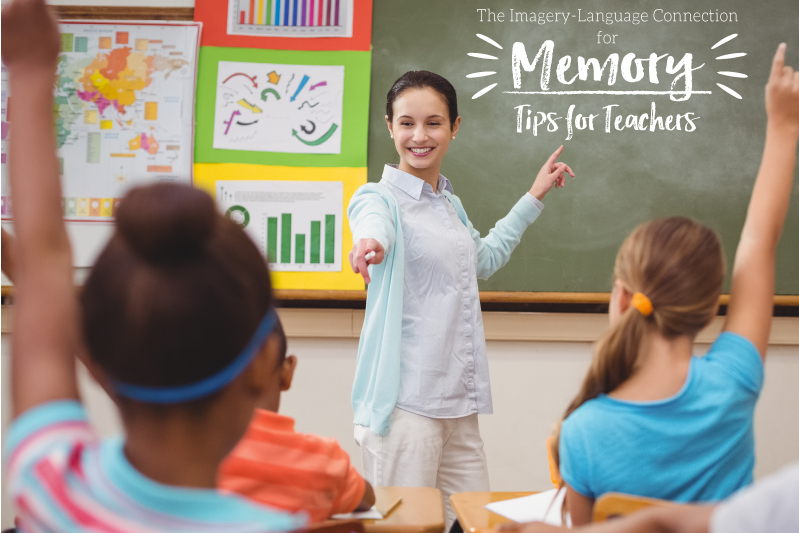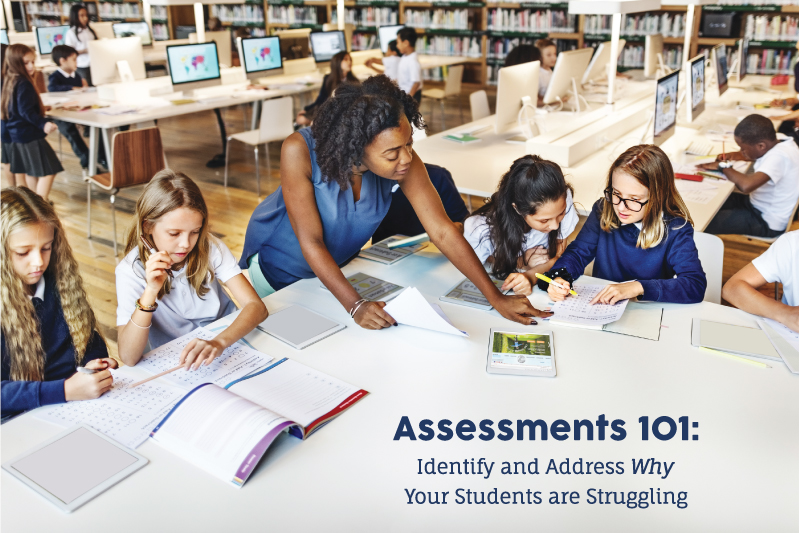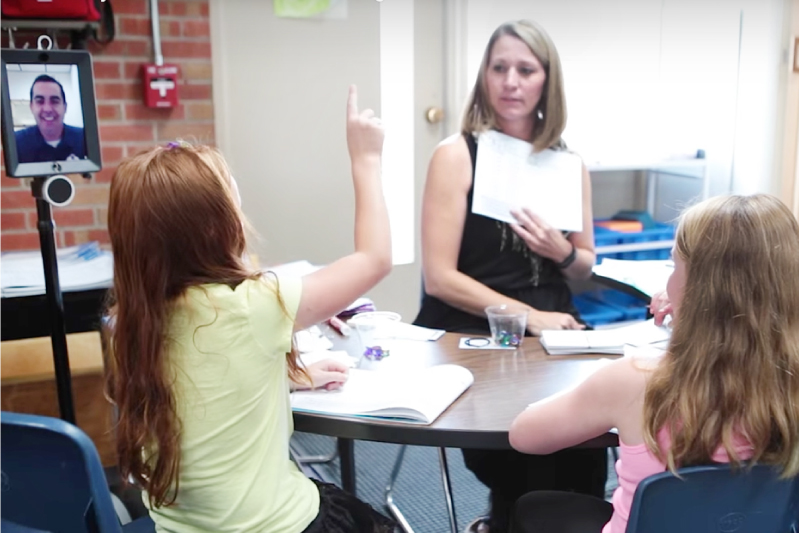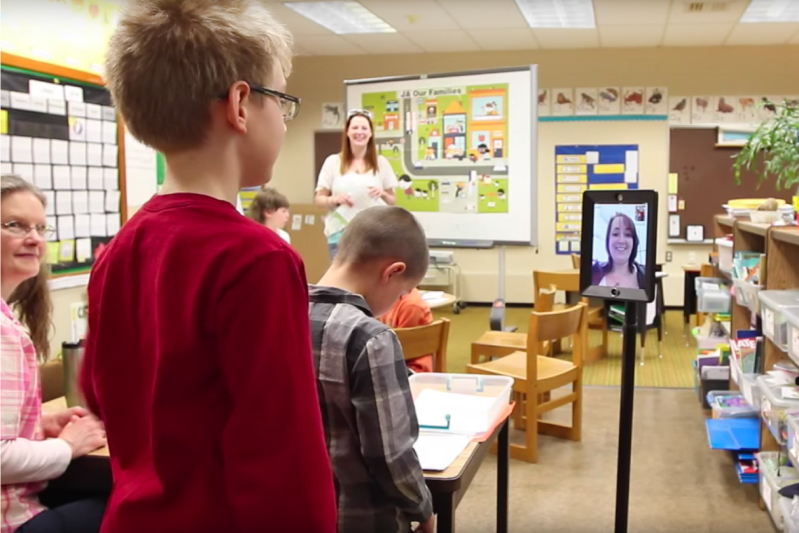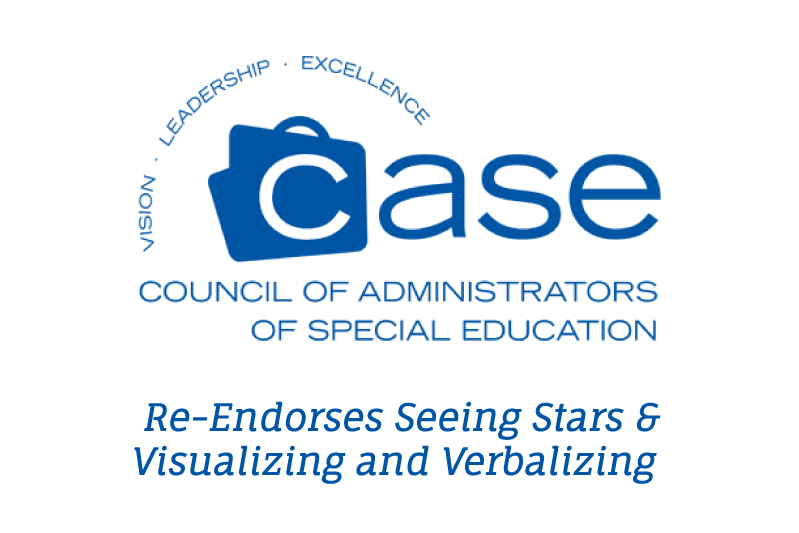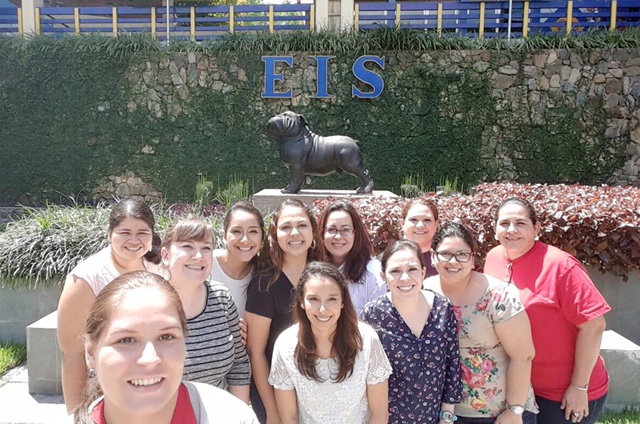[Article] The Imagery-Language Connection for Memory: Tips for Teachers
Nearly all the volumes written on memory include references to imagery. Memory is often referred to as a mental impression. When we remember something, we access a mental representation of it. -Nanci Bell, Visualizing and Verbalizing for Language Comprehension and Thinking Students are expected to learn new information, in topic areas they may or…
Assessments 101: Identify and Address Why Your Students are Struggling
Students in Tiers II and III can spend years receiving services and still struggle in school. Many of these students lack the basic connections needed for reading and comprehension, and the root cause of their weakness may not be addressed with traditional interventions. This does not have to be the case. We believe…
NBC WSMV-TV Channel 4 Nashville Reports on Lindamood-Bell Robot Helping Teachers
Photo Credit: DoubleRobotics Case Study Video Lindamood-Bell for Schools Instruction Robot: News Roundup NBC WSMV-TV Channel 4 Nashville Reports on Lindamood-Bell Robot Helping Teachers Tullahoma News Reports on Instruction Robot [Case Study] Lindamood-Bell for Schools Instruction Robot Double Robotics Case Study: Lindamood-Bell Deploys 50 Doubles in Largest Deployment Yet NBC WSMV-TV Channel 4 Nashville Reports…
Lindamood-Bell eLearning for Teachers [VIDEO]
Lindamood-Bell for Schools has a new way to help teachers. Teachers who take an introductory workshop can now access Lindamood-Bell eLearning courses! Get prepared to use our programs with your students. Our eLearning courses address common questions about using our programs, feature small-group instruction demonstrations, and offer opportunities to ask our instructional experts about…
[Case Study] Lindamood-Bell for Schools Instruction Robot
It might sound strange, but with the help of robots, a school district in Tennessee is meeting the learning needs of its struggling readers like never before. ___________________________________________________________________ Tullahoma City Schools serves a large percentage of students who are at-risk of reading failure. In 2014, school leaders began an initiative to change how they serve…
Council of Administrators of Special Education (CASE) Votes to Re-Endorse Seeing Stars® and Visualizing and Verbalizing® Programs
The Council of Administrators of Special Education (CASE) has officially re-endorsed Visualizing and Verbalizing for Language Comprehension and Thinking® and Seeing Stars® programs. CASE is an international professional education organization affiliated with the Council for Exceptional Children (CEC), whose members are dedicated to the enhancement of the worth, dignity, and uniqueness of each individual in…
Michigan Schools Using Lindamood-Bell Response to Intervention (RtI) Services Make Academic State Champs List
Background Glenwood Elementary School (Kentwood Public Schools) in Grand Rapids, Michigan serves a large percentage of students who are at risk of reading failure. During the 2010-11 through 2012-13 school years, Glenwood implemented Lindamood-Bell instruction in Tier III. Students received Seeing Stars and Visualizing and Verbalizing instruction to develop symbol imagery and concept imagery for…
Colorado School Implementing Lindamood-Bell Outperforms Comparison Schools in Reading
Background Haskin Elementary School in Center, Colorado, serves a large percentage of students who are at-risk of reading failure. From 2010–11 to 2013-14, Haskin implemented Lindamood-Bell instruction to address the specific needs of this student population. The first three years of this project, 2010-11 through 2012-13, were funded through a federal School Improvement Grant (SIG)….
Helping Schools Close the Achievement Gap
Lindamood-Bell’s® research-validated programs address the imagery-language connection that is a silent partner to cognition and literacy, and is often the missing piece in helping students close the achievement gap. Our unique programs can help diverse groups of students learn to read, comprehend, and compute to their potential, including students with minor to severe learning…
An Amazing Partnership in Honduras
A School Partnership was established with EIS in 2011, which has involved at least five of our staff members traveling to Honduras. This partnership includes training teachers in Lindamood-Bell’s programs, mentoring and consulting teachers, and overseeing the implementation of our programs with a total of 247 students.
